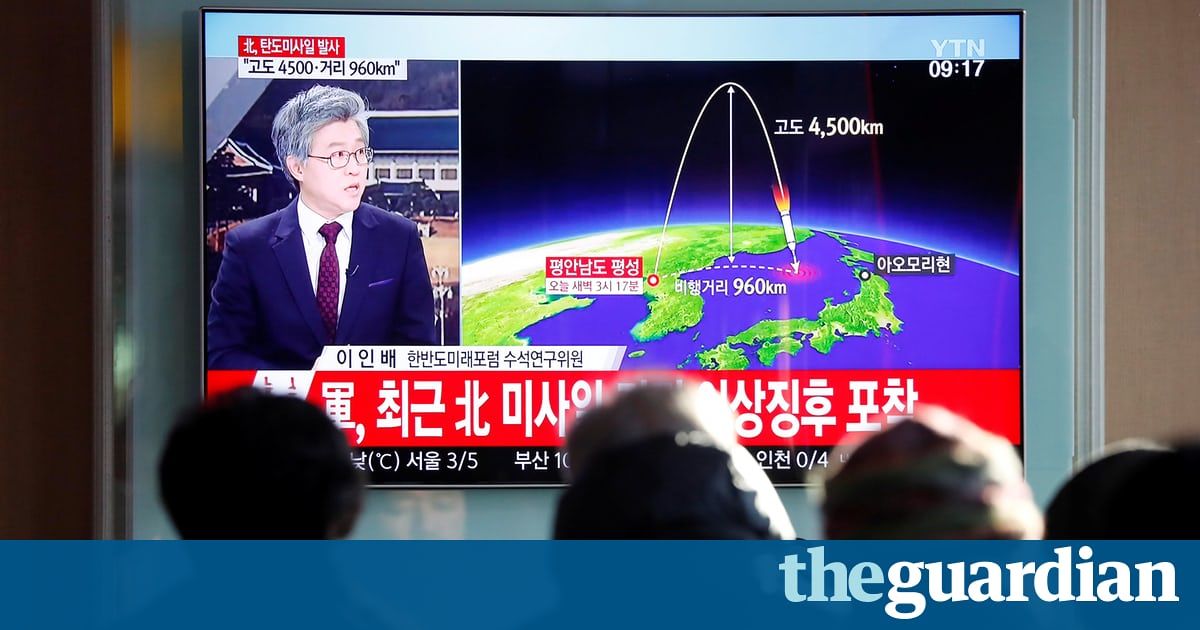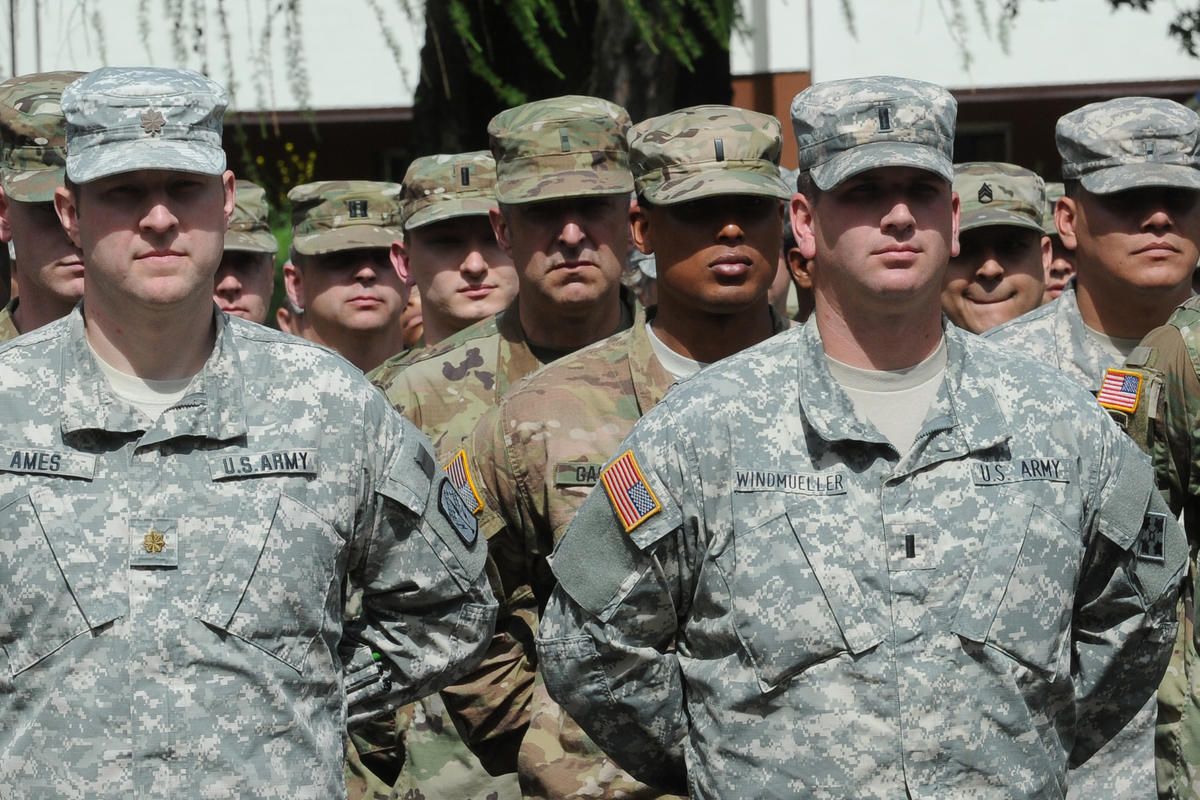The UN attempt to regulate AI is doomed to failure. If the USA doesnt veto, and i’m sure it would, China and Russia will.
UN efforts to limit or regulate military AI may be failing before they even begin.
Arms control advocates had reason for hope when scores of countries met at the United Nations in Geneva last week to discuss the future of lethal autonomous weapons systems, or LAWS. Unlike previous meetings, this one involved a Group of Governmental Experts, a big bump in diplomatic formality and consequence, and those experts had a mandate to better define lethal autonomy in weapons. But hopes for even a small first step toward restricting “killer robots” were dashed as the meeting unfolded. Russia announced that it would adhere to no international ban, moratorium or regulation on such weapons. Complicating the issue, the meeting was run in a way that made any meaningful progress toward defining (and thus eventually regulating) LAWS nearly impossible. Multiple attendees pointed out that that played directly toward Russia’s interests.
Russia’s Nov. 10 statement amounts to a lawyerly attempt to undermine any progress toward a ban. It argues that defining “lethal autonomous robots” is too hard, not yet necessary, and a threat to legitimate technology development.







